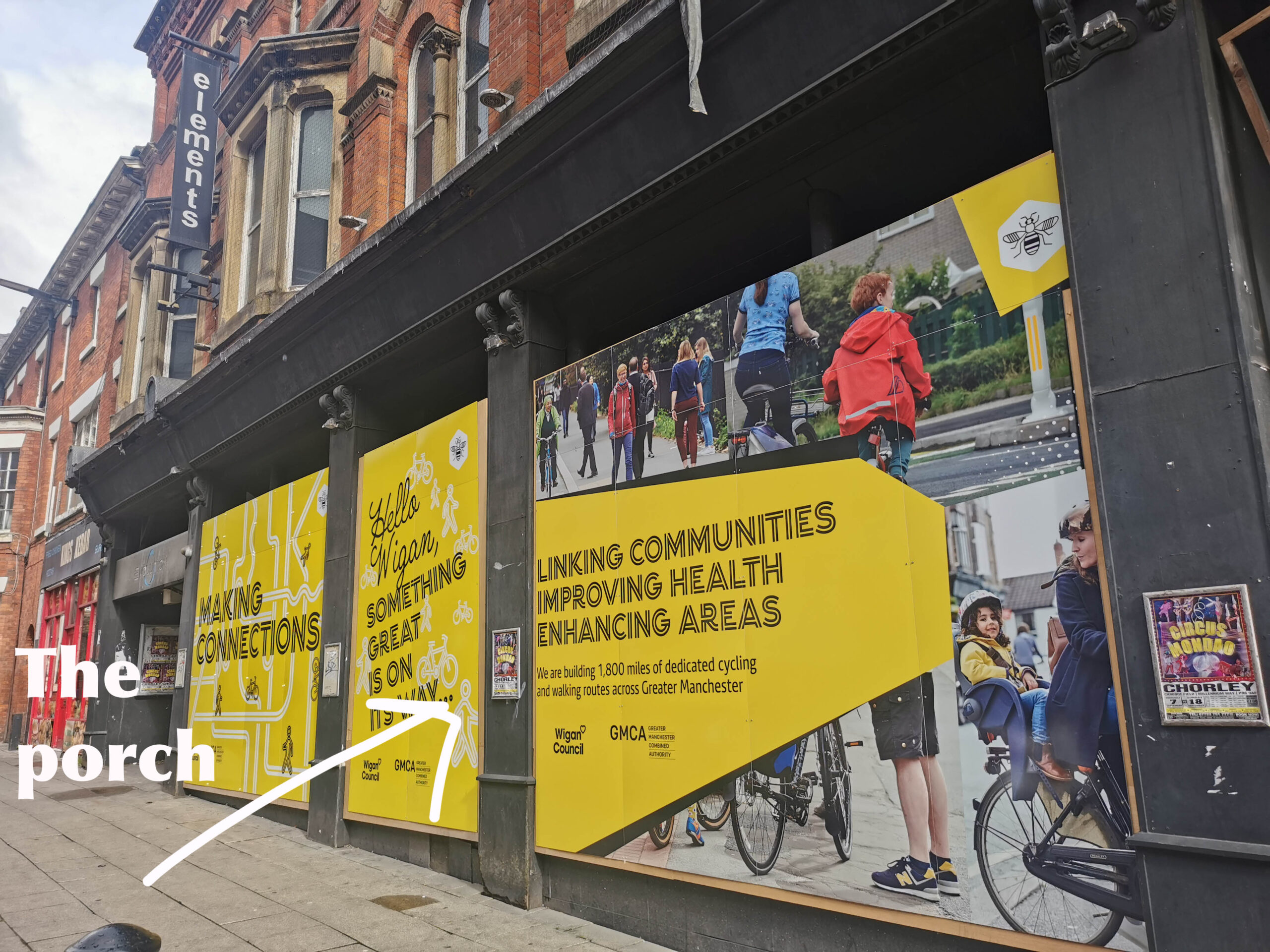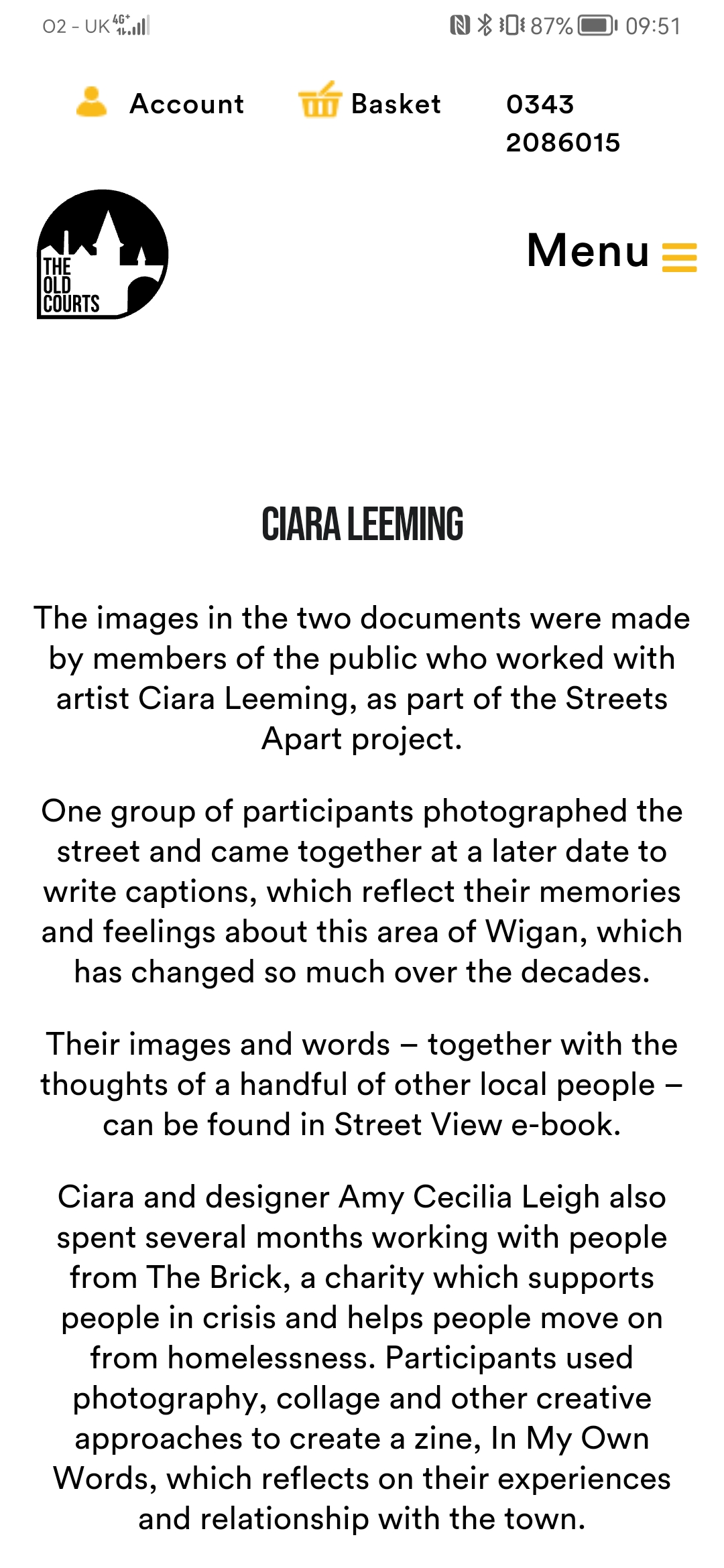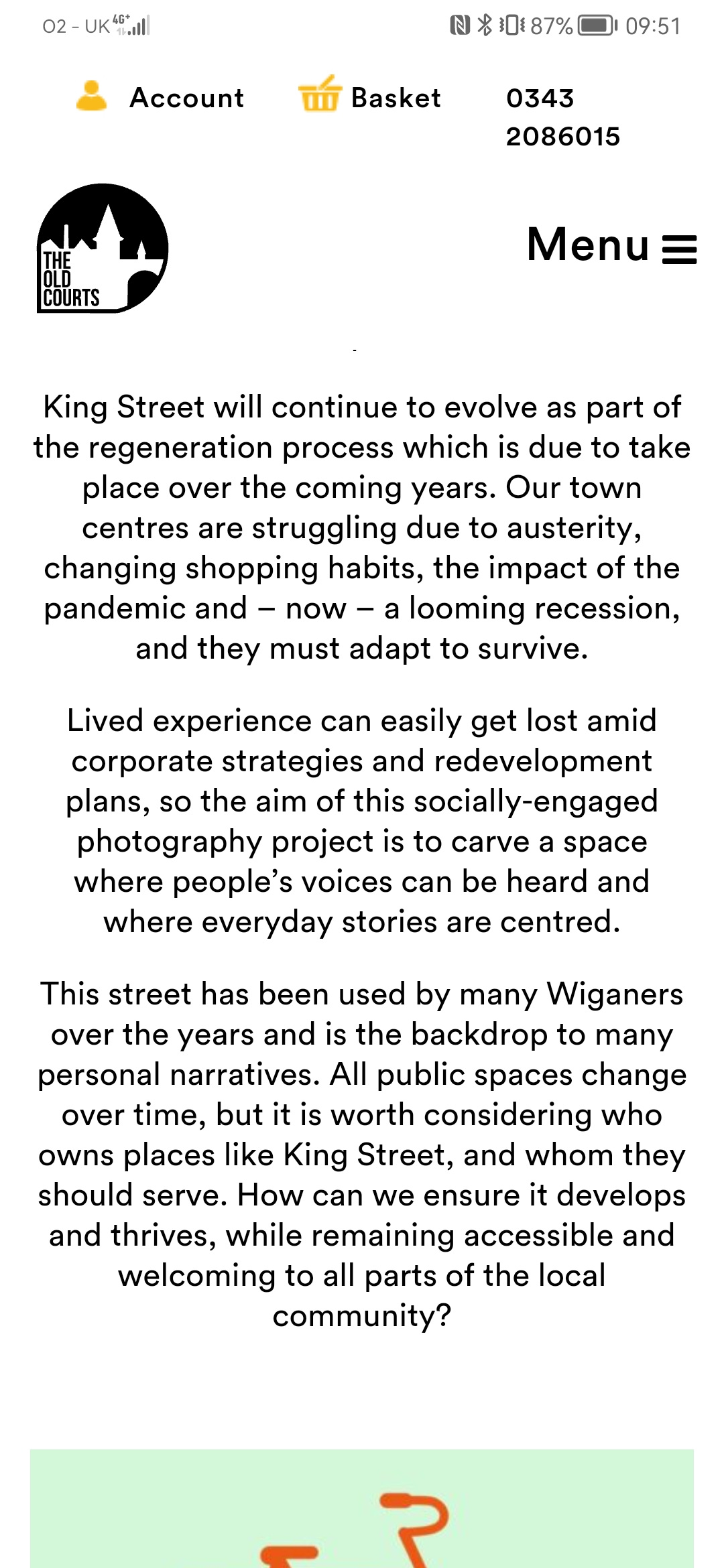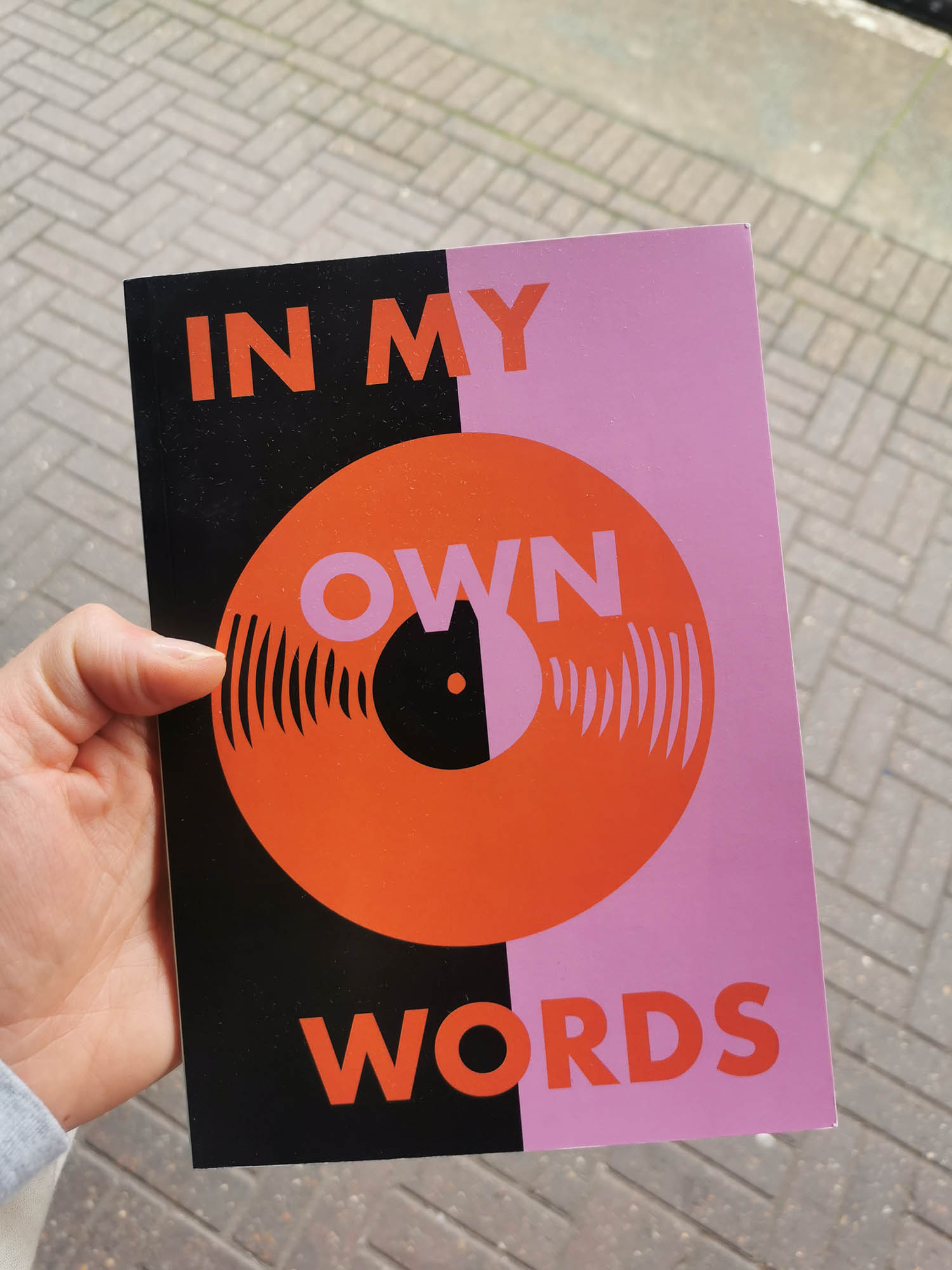
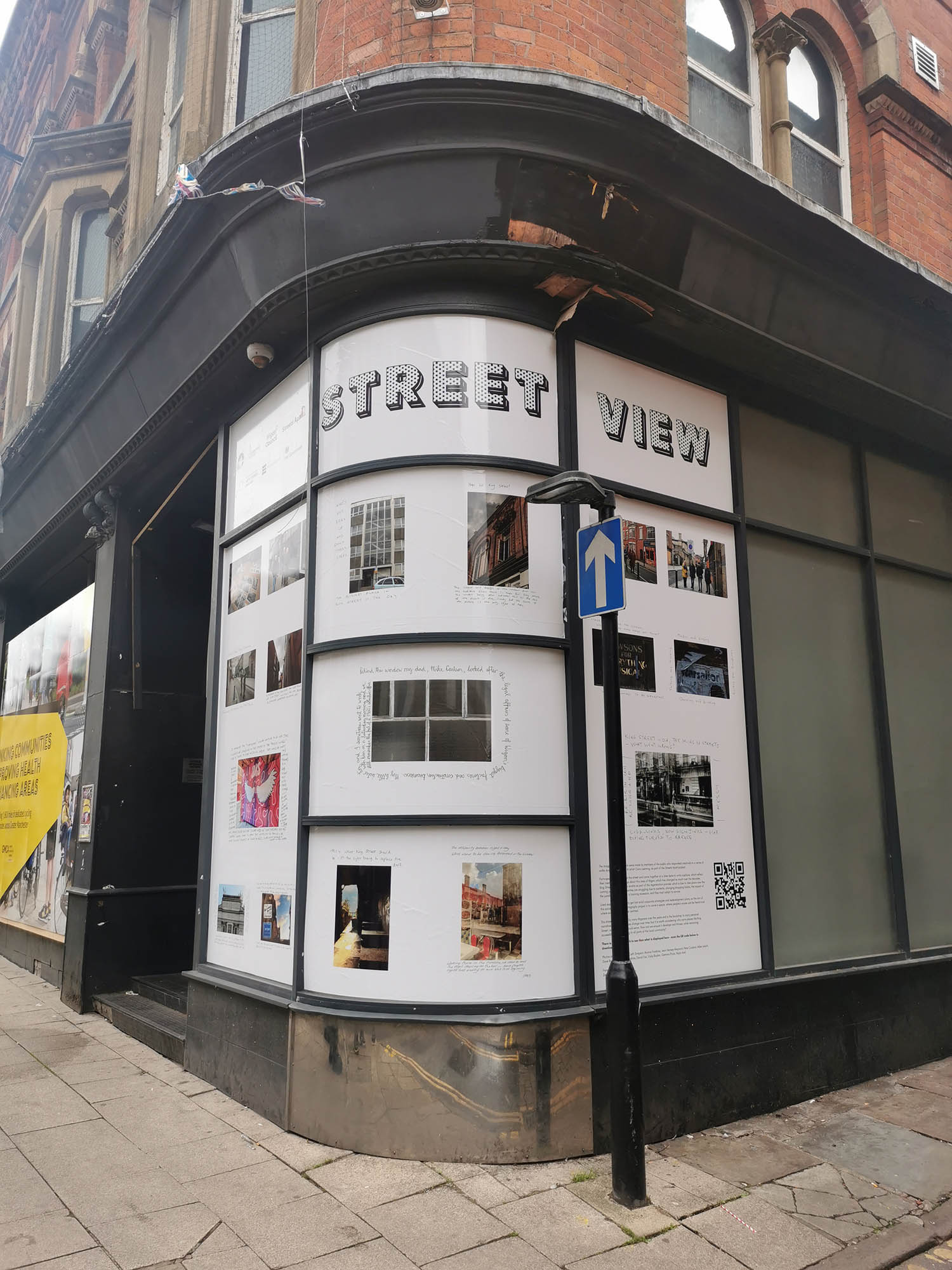
You can tell I’ve had a busy year as there are entire projects that I’ve barely blogged about.
Last November I was one of three artists selected for the first tranche of Streets Apart commissions – cultural commissions associated with the Wigan Heritage Action Zone (HAZ) of King Street. This was the largest commission I’d received at that point and one of two HAZ projects I was working on concurrently – I was also involved in the Picturing High Streets project in Chester, where I went on to work with Cafe 71, a mental health space.
I spent the first few weeks worrying about how to make my work sufficiently different from the other commissions – I felt like there would be a lot of common ground and repetition since I tend to gather lots of personal narrative type stuff, and King Street is a street full of social memories. Most Wigan residents have some association with the street – often through its pubs and clubs or in the past, cinemas and theatres. Even the job centre is at the bottom of King Street.
I found my course eventually – breaking my commission up to make it more manageable for myself. I ran a series of photo walks with anyone who wanted to photograph and share memories of the street. And I forged a relationship with the Brick, a homelessness and anti-poverty charity in the town which runs a food bank site just behind the HAZ zone. It was also very clear from my first walk up King Street that people had been bedding down in a covered porch area on the street – so I wanted to make sure this narrative was included in the outputs.
The project was challenging at times and I learned a lot about diplomacy, patience and resourcefulness when it comes to working with partner organisations and supporting people who have challenging circumstances. But we got there in the end – and yesterday it all came together with a public sharing of the work.
The photo walks involved about 12 participants recruited via an open call. I also interviewed other people who have worked on or used the street – everything on that side got pulled together into an ebook which is free online. A selection of images were also put onto vinyl panels in a window on King Street, which is a really great outcome as passers by will hopefully stop and engage with the work and memories written around the group’s images. There is a QR code which takes people to the ebook. It looks brilliant. You can see it over here – it’s called “Street View”.
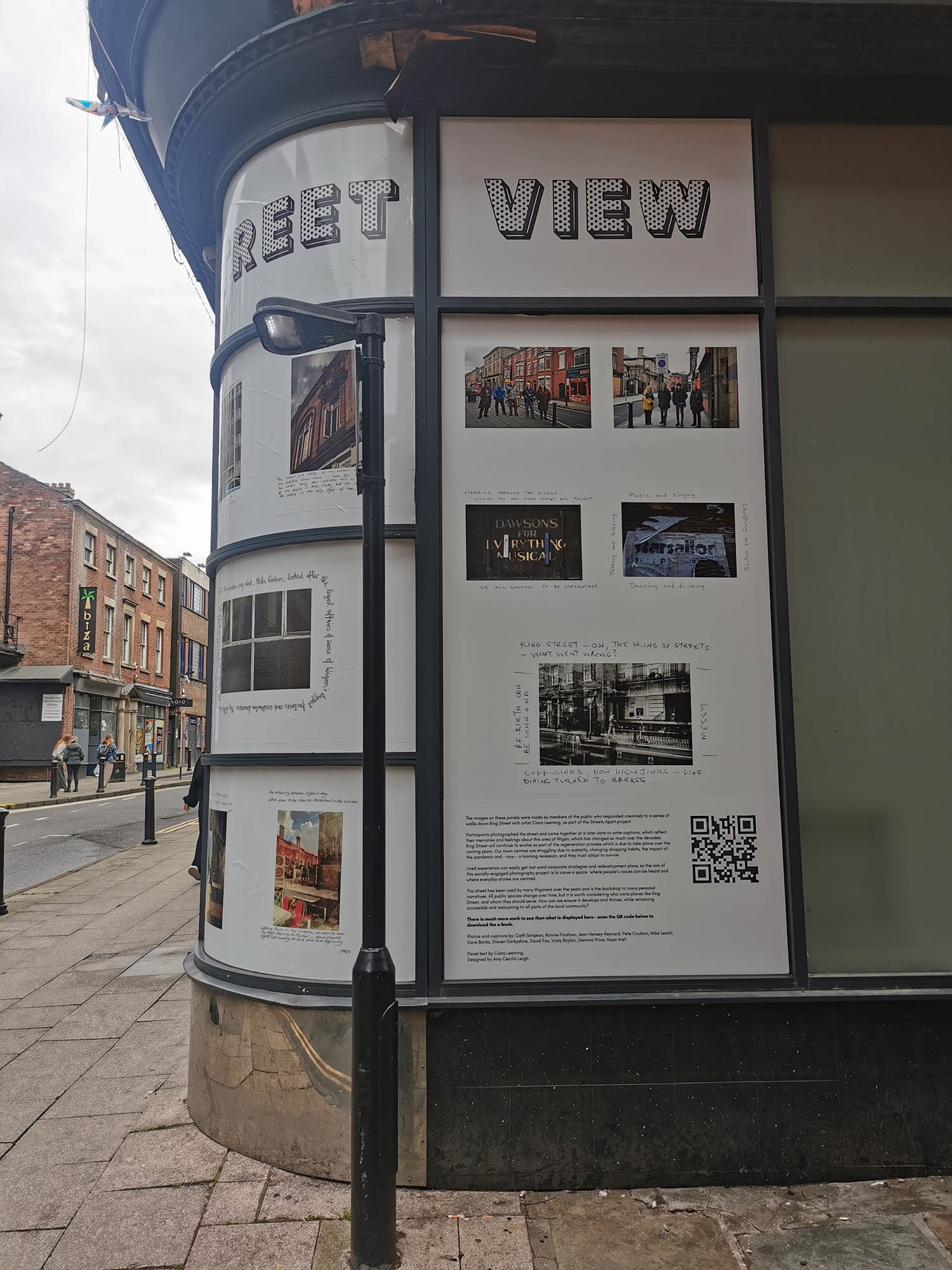
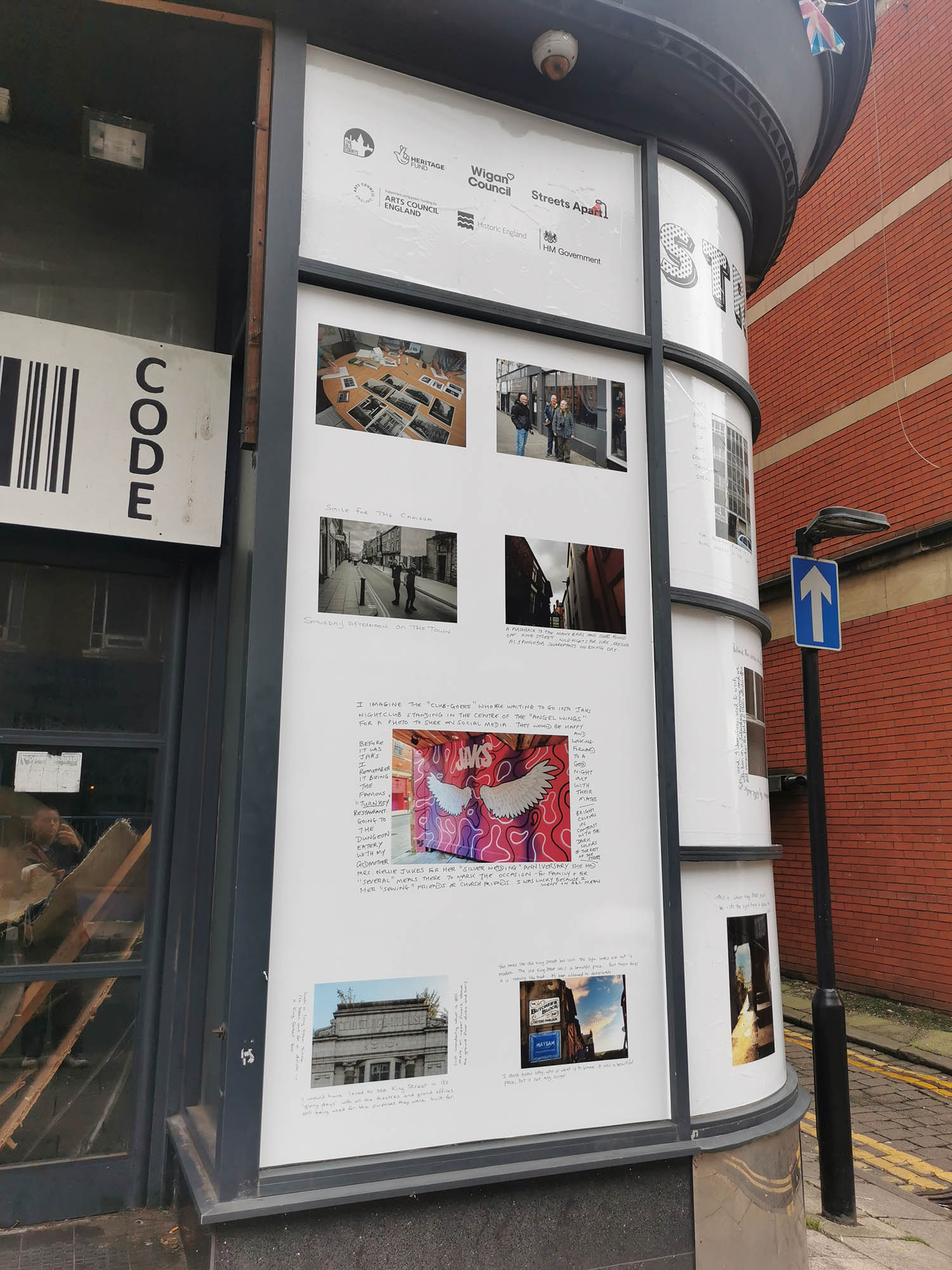
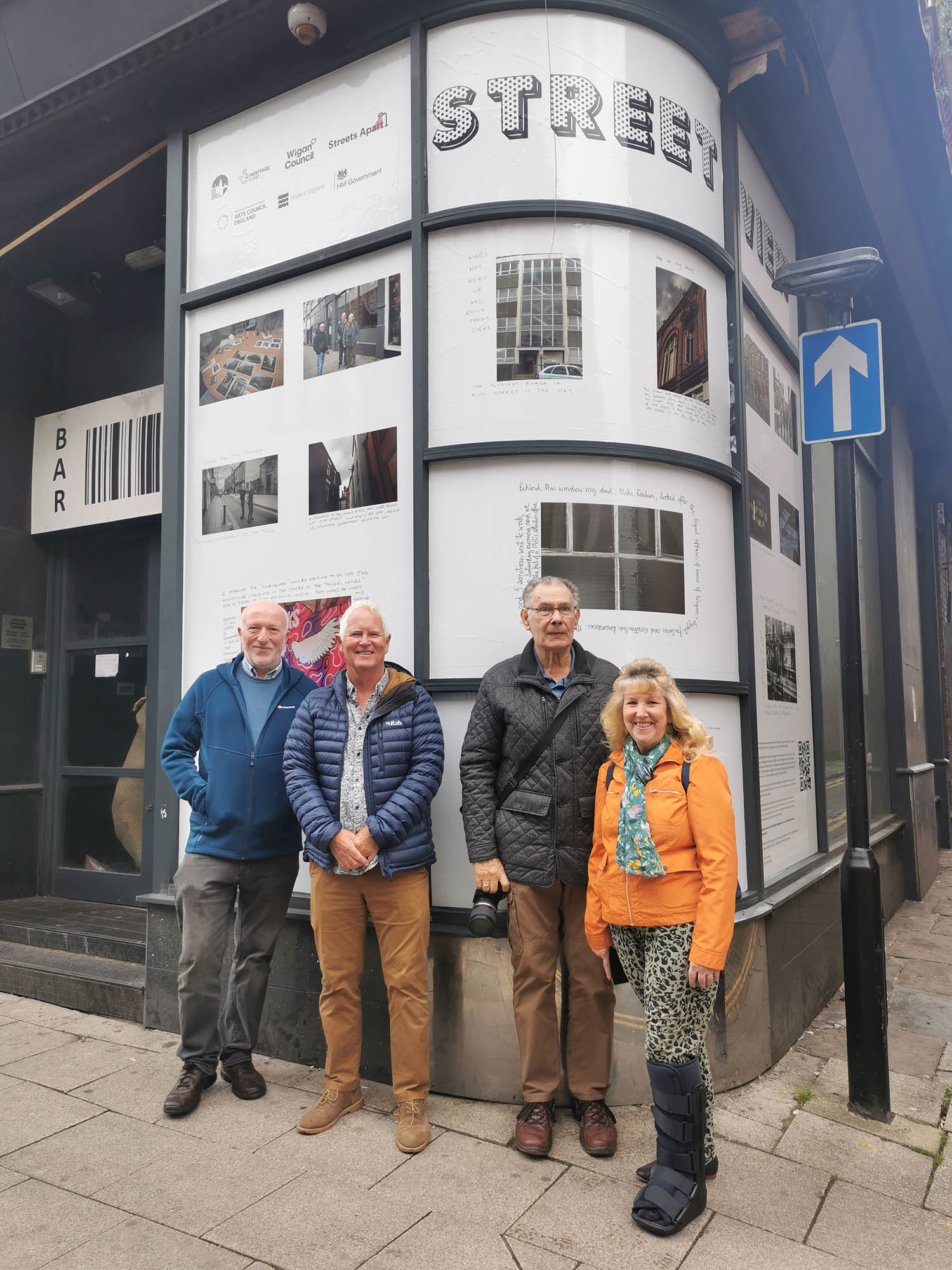
The Brick work was always something I wanted to make into a physical zine, and luckily the commission budget covered a second artist for the project – I chose to work with local designer Amy Cecelia Leigh, who attended many of the workshops at the Brick and worked with participants to make the zine something which they had a hand in. The zine contains their photos, words, collages and design preferences and one of the group members came up with the name “In My Own Words”. That is also available online, over here. The Brick wants these zines to be available to the public but are keenest to have them to hand within their services, so people who use their spaces can read the stories – that to me is a really brilliant outcome.
One thing that has been bothering me a little about the project is when I learned that at the same time my work was being showcased, the porch area where the rough sleepers had been sheltering would be blocked off by the authorities. I understand this is part of the regeneration process but for me personally it jars massively – it’s the same building where my group’s vinyls have been put. While it wasn’t the work from the Brick, it was work also facilitated by me and the whole thing felt very uncomfortable and compromising for me on a personal level.
All I was able to do was re-write my vinyl text to gently ask some questions about who regeneration serves and whose voices have a right to be heard.
